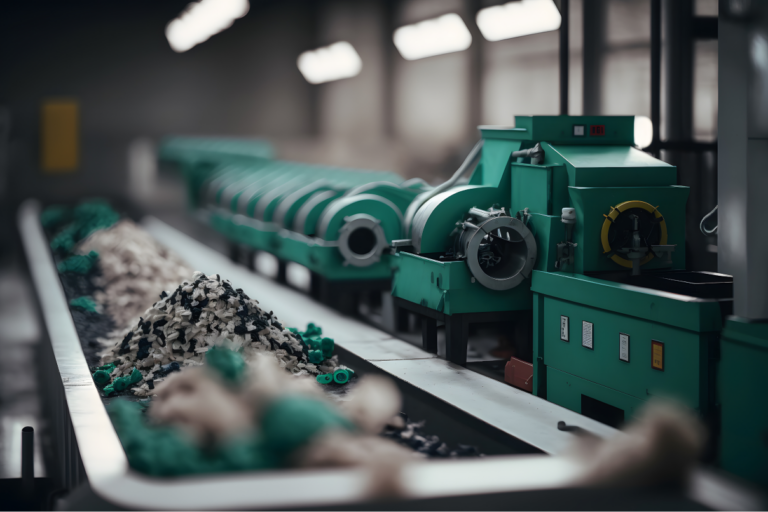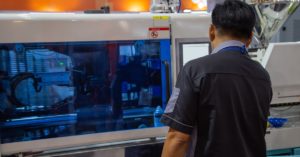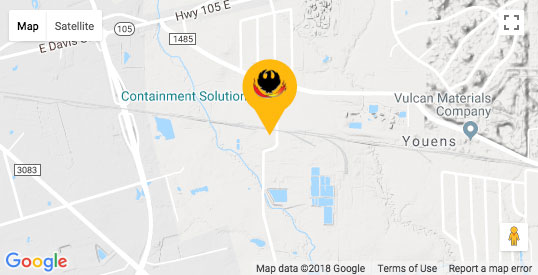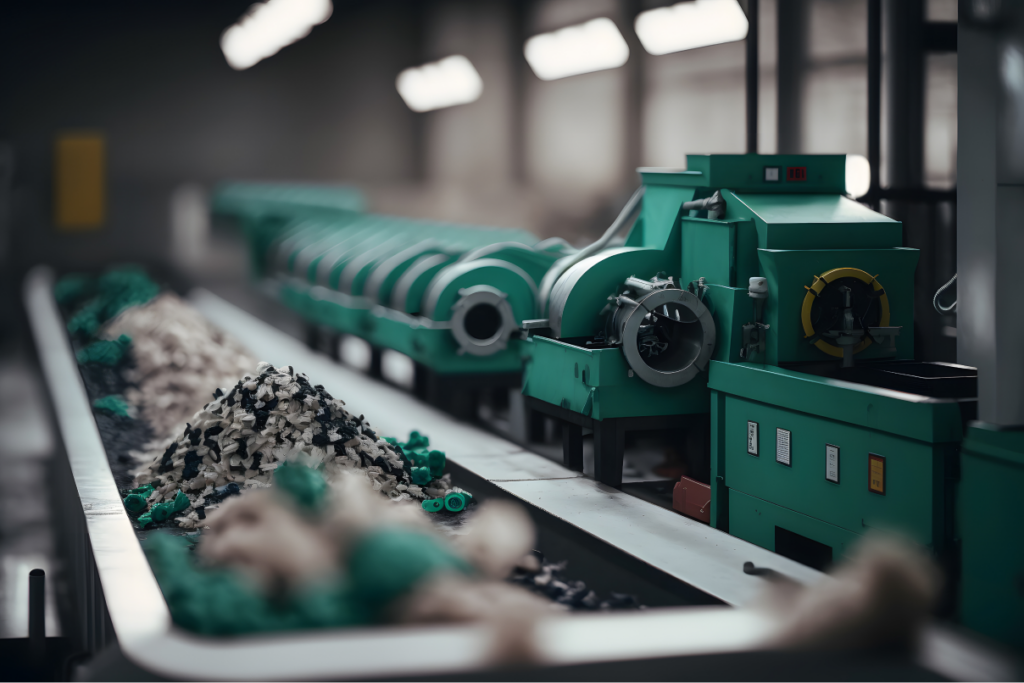
Choosing the right plastic manufacturing process can be a challenge. There are many options, and each has unique benefits and limitations to consider. Here is a brief look at the different types of plastic manufacturing.
The Key to Choosing a Plastic Manufacturing Process
The key to choosing the right plastic manufacturing process is to think about the following:
- What you need your finished plastic to do
- The limitations of each plastic manufacturing process
You need a process to make the plastic into what you want it to be without significant drawbacks. Thinking about these two factors will determine the best option every time.
Available Plastic Manufacturing Processes
Here are some of the most common plastic manufacturing processes:
Injection Molding
Injection molding heats the plastic resin and injects it into a mold made from a more rigid material like steel or ceramic. When the plastic cools, it hardens into that shape and can be removed from the mold. Parts get made quickly this way, but it works best for simple, solid parts as complex parts take more work to produce.
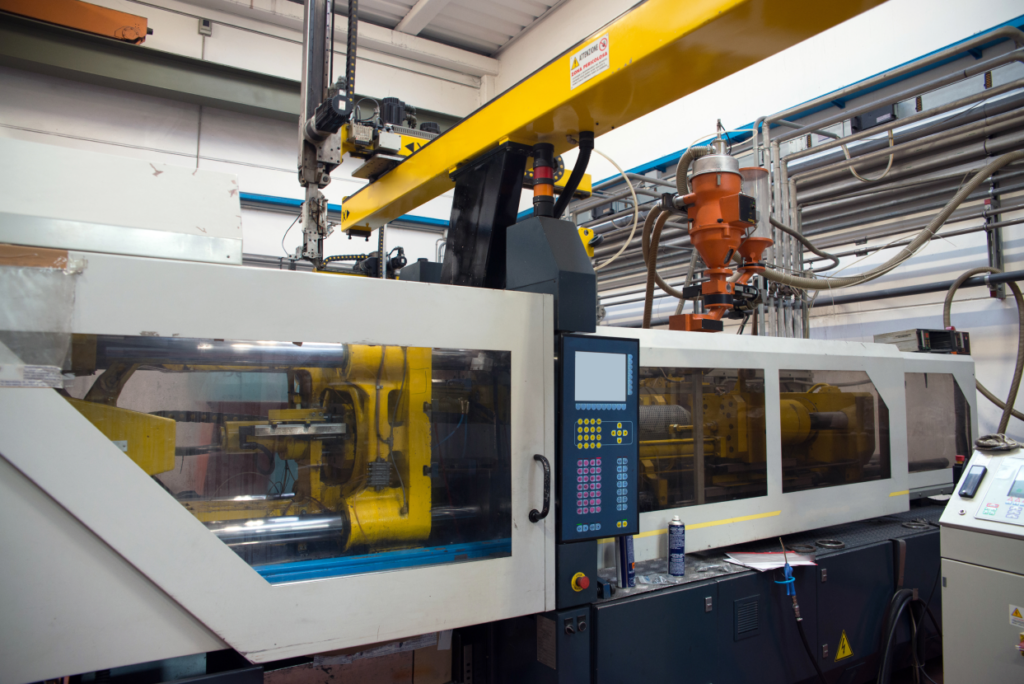
Blow Molding
Blow molding is the opposite of injection molding. The plastic is put in a mold and then inflated using compressed gas. This pushes the plastic to the sides of the mold, giving it shape, but the inside is hollow. This is great for hollow parts with solid walls.
Extrusion Molding
Extrusion molding is also used to make hollow parts but uses pump pressure to move the liquid plastic into place. The resin is liquified and pushed into a mold using a liquid pump. When cooled, it is removed from the mold and forms a solid, ‘tube-like’ shape.
Compression Molding
Compression molding places plastic in a mold and then squeezes the mold together. This compresses the plastic into the right shape, which is excellent for forming parts that are flat or have uniform sides. It can also make very dense parts.
Thermoforming
Thermoforming uses plastic sheets to shape parts with complex open 3D shapes like masks. The sheet is placed over the mold and then heated. At the same time, the mold applies suction to the other side to pull the sheet down. When it reaches the right temperature, the sheet becomes flexible and is pulled down over the mold by the suction, forming a tight fit with the right shape.
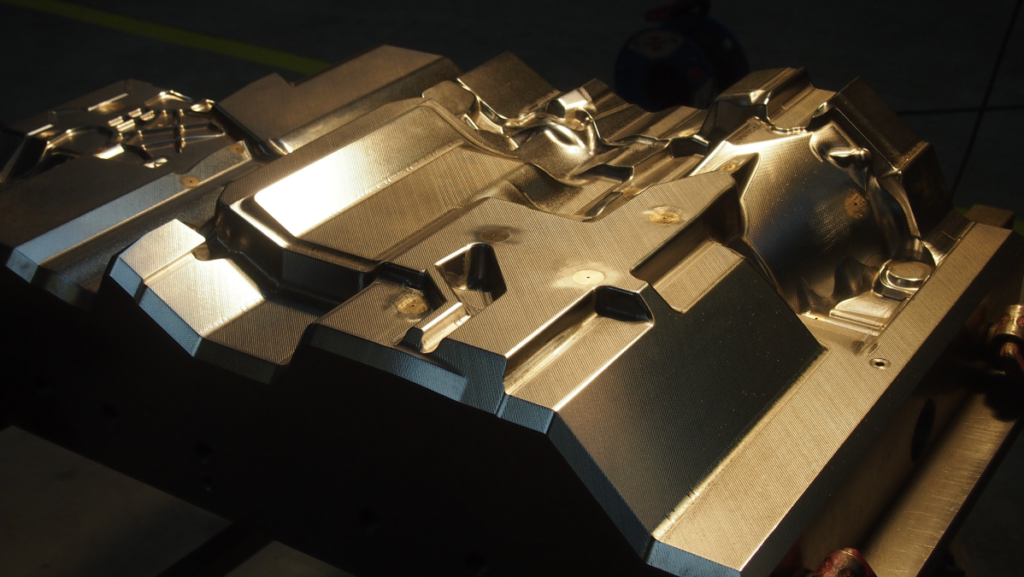
Factors to Consider When Choosing a Plastic Manufacturing Process
There are several factors to consider when choosing a plastic manufacturing process. Here are the most common:
- Cost – How much does it cost to make per unit?
- Volume – How many units can you make per hour?
- Material – What materials are you working with? What are their limits?
- Part Size – How big is each part you need to make? Only some processes can work for different size parts.
- Precision – How precise and complex do you need the part to be? Some methods only make basic parts.
- Lead Time – How much time do you need to make parts before the deadline? Some methods take a long time to produce a large volume of parts.
Learn More About Plastic Manufacturing Processes from Phoenix Plastics
If you need help choosing the right plastic manufacturing process, reach out to the expert team at Phoenix Plastics. Contact us now to determine the best option and get a quote for your next project.

